Rising Energy Costs
The increasing cost of traditional energy sources is a pivotal driver for the solar inverter market. As utility rates continue to rise, consumers and businesses are seeking alternative energy solutions to mitigate expenses. In the US, the average residential electricity price has seen a steady increase, prompting a shift towards solar energy systems. This trend is likely to enhance the demand for solar inverters, as they are essential for converting solar energy into usable electricity. Furthermore, the financial benefits of solar energy, including potential savings on energy bills, are becoming more apparent. As a result, the solar inverter market is poised for growth as more consumers recognize the long-term economic advantages of investing in solar technology.
Government Incentives and Tax Credits
Government incentives and tax credits play a crucial role in stimulating the solar inverter market. In the US, various federal and state programs offer financial incentives for solar energy adoption, including the Investment Tax Credit (ITC), which allows homeowners to deduct a significant portion of their solar installation costs from their federal taxes. These incentives lower the upfront costs associated with solar systems, making them more accessible to a broader audience. As a result, the solar inverter market is likely to experience increased demand as more individuals and businesses take advantage of these financial benefits. The ongoing support from government initiatives suggests a favorable environment for the growth of solar energy technologies.
Environmental Concerns and Sustainability
Growing environmental concerns and the push for sustainability are driving the solar inverter market. As awareness of climate change and its impacts increases, consumers and businesses are increasingly motivated to adopt renewable energy solutions. The solar inverter market is likely to see heightened interest as individuals seek to reduce their carbon footprint and contribute to a more sustainable future. In the US, initiatives aimed at reducing greenhouse gas emissions are encouraging the transition to solar energy. This shift not only aligns with environmental goals but also presents economic opportunities for the solar inverter market, as more entities invest in clean energy technologies.
Technological Innovations in Inverter Design
Technological innovations in inverter design are significantly influencing the solar inverter market. Advances in inverter technology, such as the development of microinverters and power optimizers, enhance the efficiency and performance of solar energy systems. These innovations allow for better energy management and increased energy production, which is particularly appealing to consumers. In the US, the market for smart inverters is expanding, driven by the need for enhanced grid integration and energy storage solutions. As these technologies continue to evolve, the solar inverter market is expected to benefit from improved product offerings that meet the growing demands of consumers and regulatory standards.
Increased Adoption of Smart Home Technologies
The increased adoption of smart home technologies is influencing the solar inverter market. As consumers embrace smart devices and home automation systems, the integration of solar energy solutions becomes more appealing. Smart inverters, which can communicate with home energy management systems, allow users to optimize their energy consumption and enhance the efficiency of solar installations. In the US, the trend towards smart homes is expected to drive demand for advanced solar inverters that offer connectivity and monitoring capabilities. This convergence of solar technology and smart home innovation suggests a promising future for the solar inverter market, as consumers seek to maximize the benefits of their solar investments.


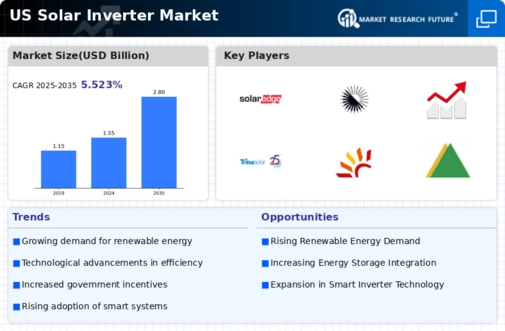
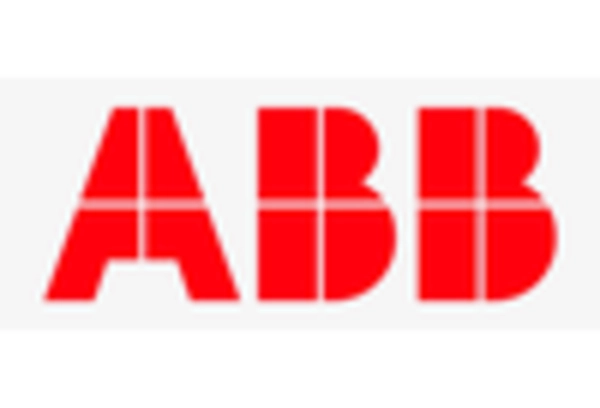

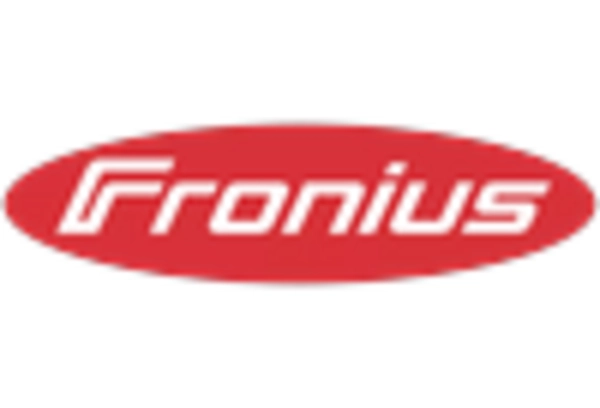
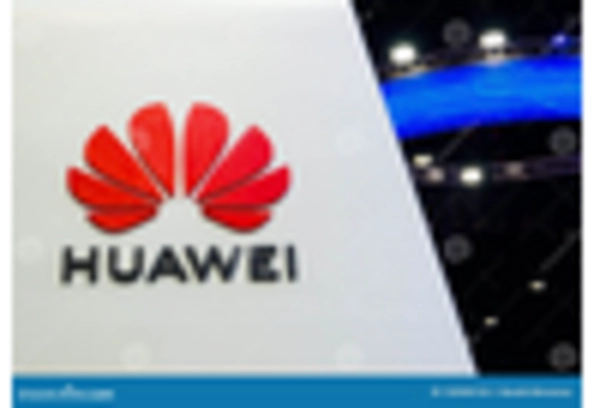
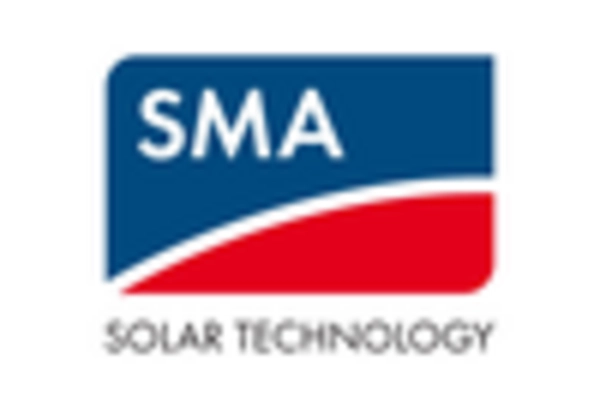
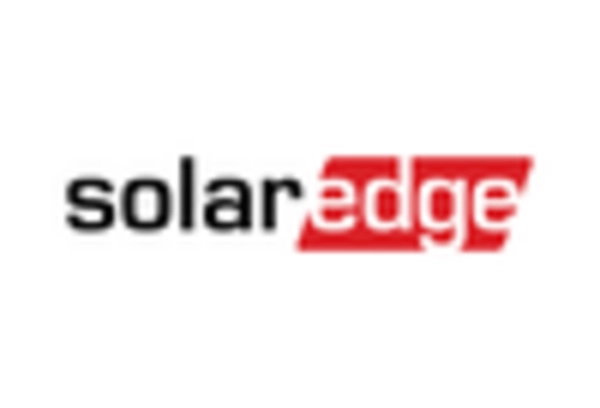








Leave a Comment